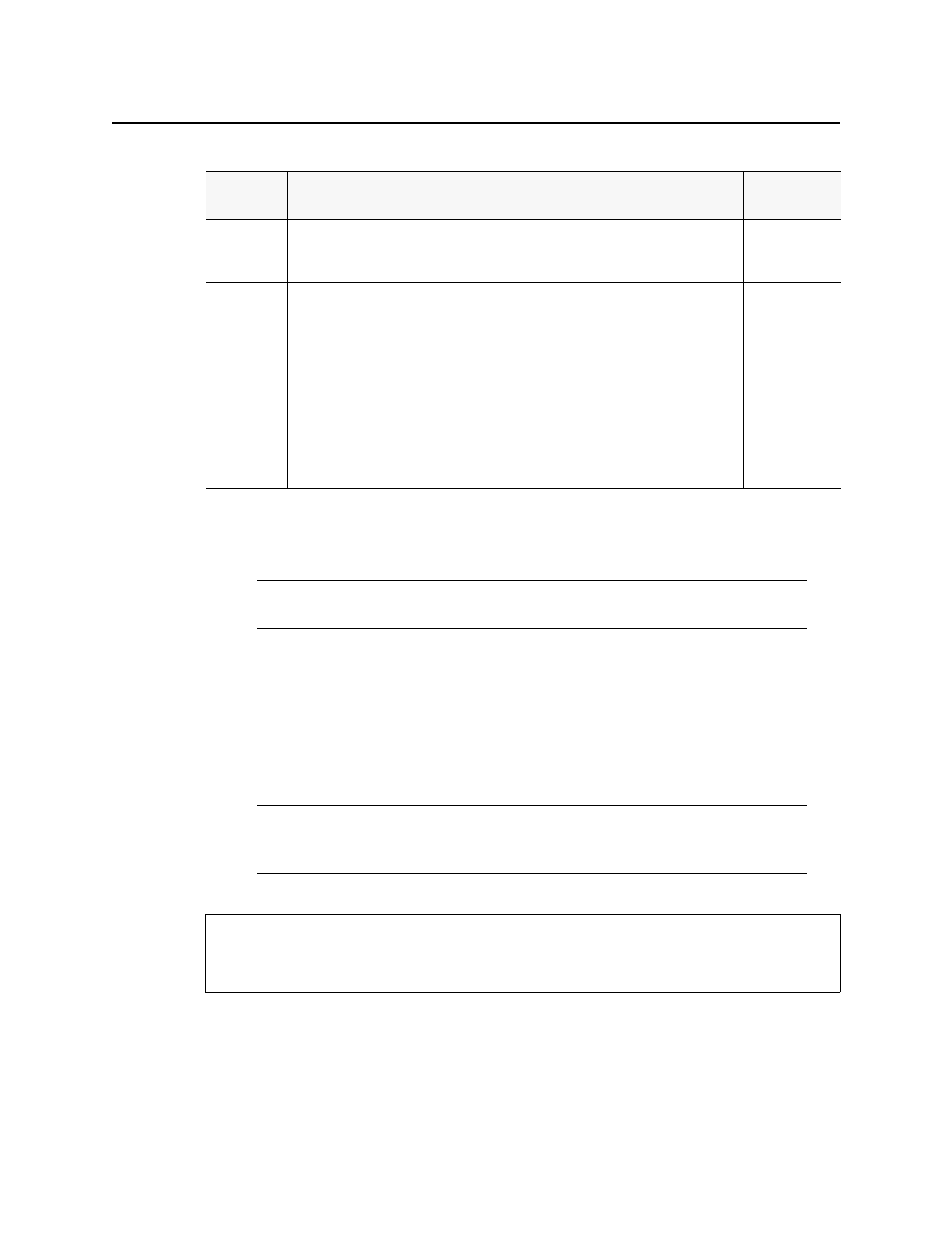Zooming into loudness analyzer’s data plot – Grass Valley iControl Solo v.6.00 User Manual
Page 51

iControl Solo
User Guide
47
Zooming into Loudness Analyzer’s Data Plot
After loading a loudness data file into Loudness Analyzer, the plot of the loudness data may
not show, by default, the granularity of detail you might like to see at first. Additionally, the
time period covered by the data may cover too large a time span.
You can effectively zoom into the data by specifying a subset time period within the initial
graph, thereby increasing granularity and removing extraneous data.
To zoom into Loudness Analyzer’s data plot
1. In Loudness Analyzer, do ONE of the following two sub-procedures:
a) On the data plot, use your mouse to click and hold on any point along the vertical line
marking the desired beginning time of your zoom.
Relative
Gating
The concept of filtering out low volume sound by a configurable dB (LU) level below the
absolute loudness calculation in order to prevent skewing a loudness calculation with
very quiet sounds or silence.
• -10dB
• -8dB
Short-Term
Window
a
The intermediate length sliding time window.
• 1s
• 2s
• 3s
• 4s
• 5s
• 6s
• 7s
• 8s
• 9s
• 10s
a. Once loudness data is plotted in Analyzer, you should expect for the Short-Term Window plot series
not to begin until one cycle of its configured duration to have elapsed. This is due to there not being
enough data before this point with which to produce a moving average.
Note: Changes you make to any analysis parameters are immediately applied to a
new analysis.
Note: You may choose to either configure analysis parameters before you zoom or
after you zoom with the same end-effect. You will lose analysis parameter data ONLY
when you click Default Analysis.
REQUIREMENT
Before beginning this procedure, make sure you have opened a loudness data file in
Loudness Analyzer (see
page 44
).
Configurable loudness analysis parameters (Continued)
Parameter
name
Description
Data set
